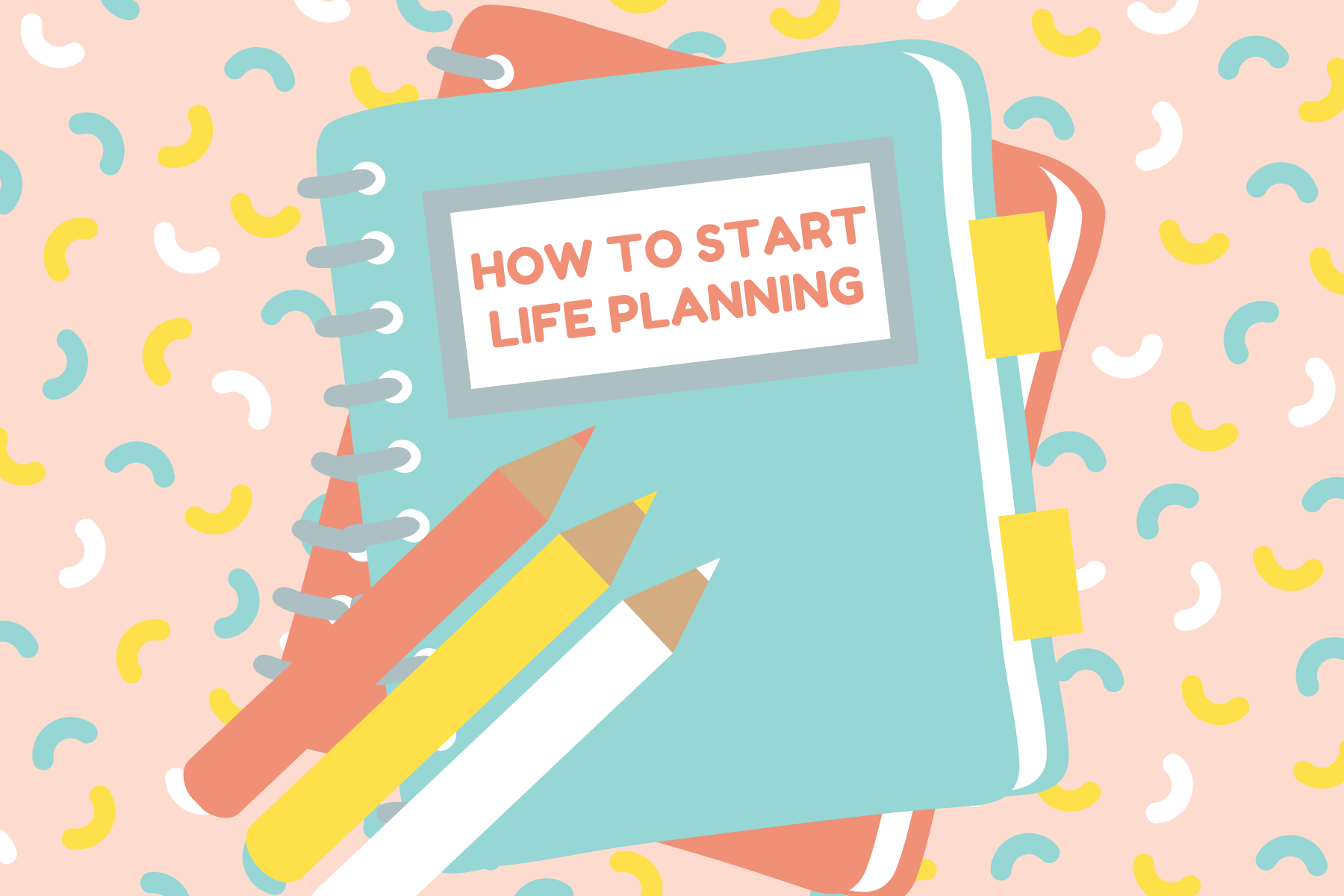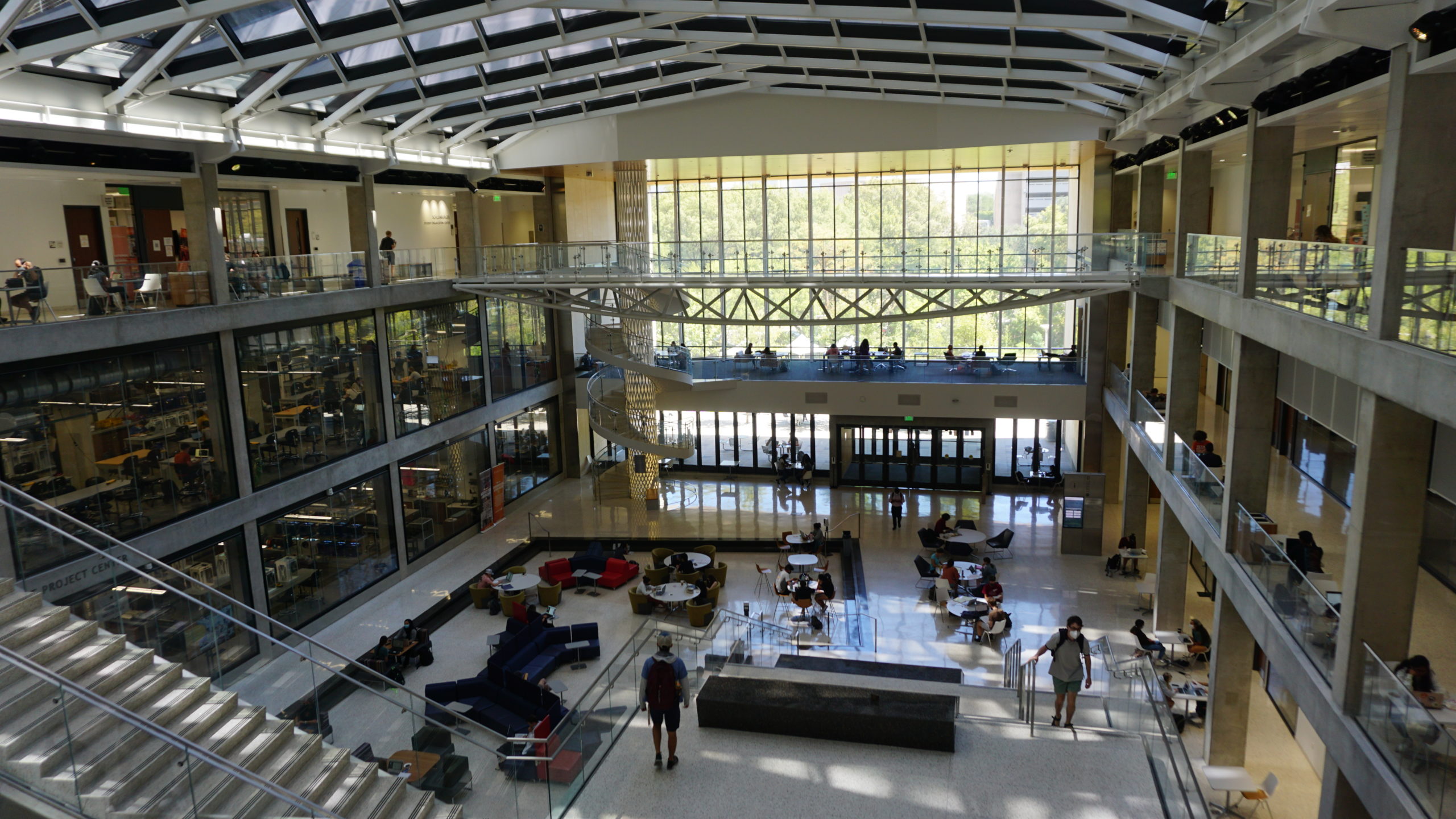The *notion* of staying organized: how to effectively manage your time
If you had an existential crisis surrounded by piles of papers during midterm season, chances are you weren’t the only one. In light of the… Read More »The *notion* of staying organized: how to effectively manage your time


